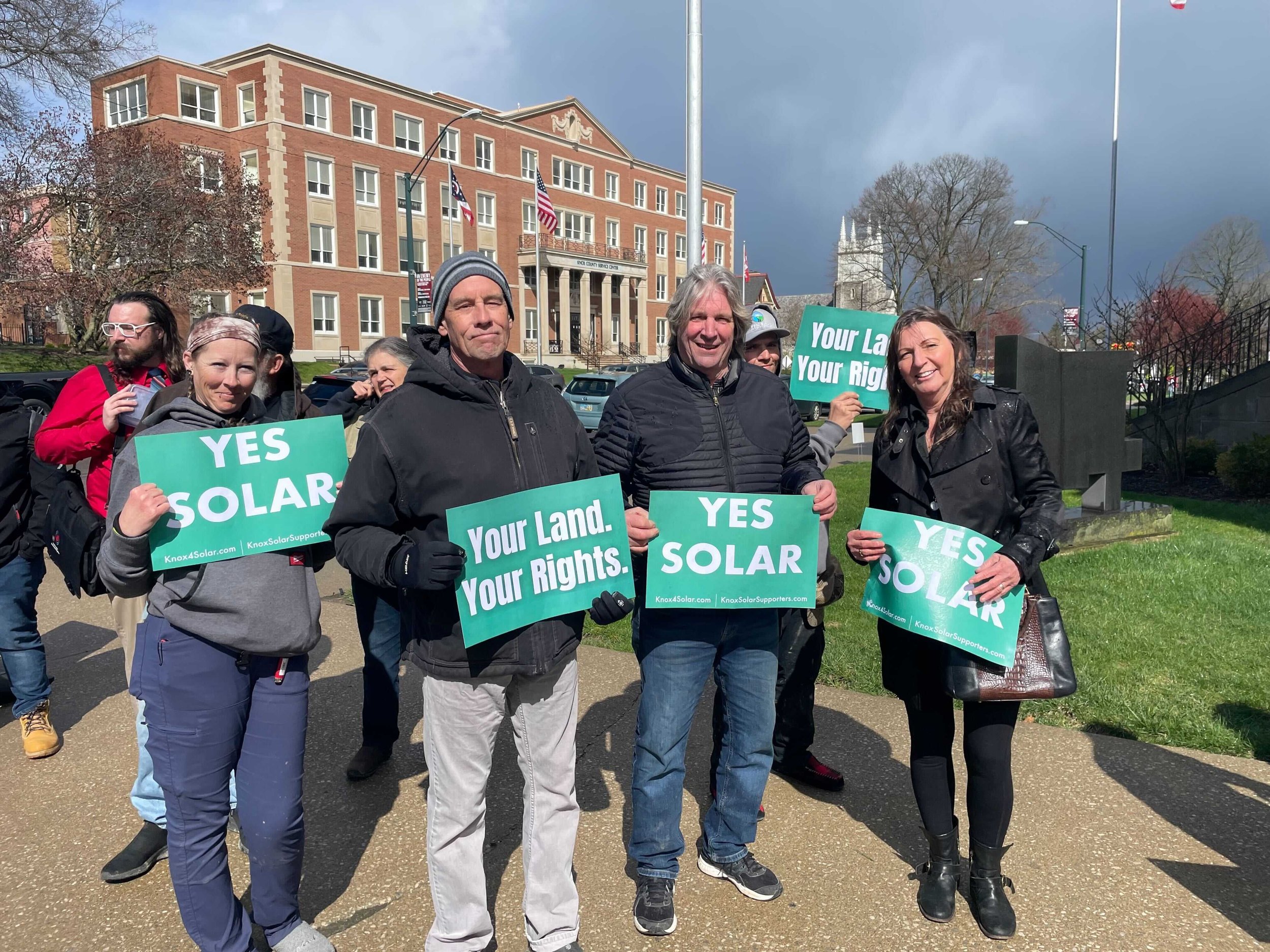
Ohio’s Growing Solar Impact
As of mid-2022, Ohio ranked 25th in the U.S. for solar power generation, providing energy to around 107,207 homes. Solar power costs have dropped by 87% in the last decade, making it the cheapest electricity source globally, according to the International Energy Agency in 2021. Adding solar to Ohio’s all-of-the above energy mix cuts costs, reduces harmful air pollution, and ensures a comprehensive ‘made in America’ approach to energy will restore and create new, good-paying jobs in our communities – jobs that can’t be outsourced.
The FACTS on Solar.
A utility-scale solar power plant can utilize several solar technologies – primary photovoltaics (PV) or concentrating solar power (CSP). What distinguishes utility-scale solar from distributed generation is both project size and the fact that the electricity is sold to wholesale utility buyers, not end-use consumers. Utility-scale solar plants provide the benefit of fixed-priced electricity during peak demand periods when electricity from fossil fuels is the most expensive.
Many utility-scale solar designs can also include energy storage capacity that provides power when the sun is not shining, and increases grid reliability and resiliency. Utility customers have repeatedly endorsed investments in utility-scale solar plants.
Navigating the Approval Process.
In Ohio, power plants generating over 50 MW must get a Certificate of Environmental Compatibility and Public Need from the Ohio Power Siting Board (OPSB). This involves a thorough process with public meetings, detailed project studies, expert reviews, formal hearings, and the issuance or denial of the certificate.

Clean Energy Jobs
In 2022, Ohio clean energy jobs grew more than twice as fast as the overall economy, and this growth is expected to continue as federal clean energy and vehicle incentives lead to new clean energy projects, a resurgence of domestic manufacturing, and lower upfront costs for homeowners to make energy efficiency improvements.
Harnessing the Power.
Solar panels are a renewable energy sources that converts sunlight into electrical energy. Regarded as the “cleanest and most abundant renewable energy source available” by Solar Energy Industries Association, solar panels or photovoltaic (PV) combine to form a solar array, which is what generates electricity.
When sunlight radiates to Earth and onto a solar panel, the energy is absorbed. Each panel consists of several PV cells, each responsible for producing one to two watts of power. The contact between sunlight and the PV cell causes electrons to release from the semiconductors, creating an electric current. Electricity is collected from the cell and flows outward.
Sign up to receive updates and information about solar.



